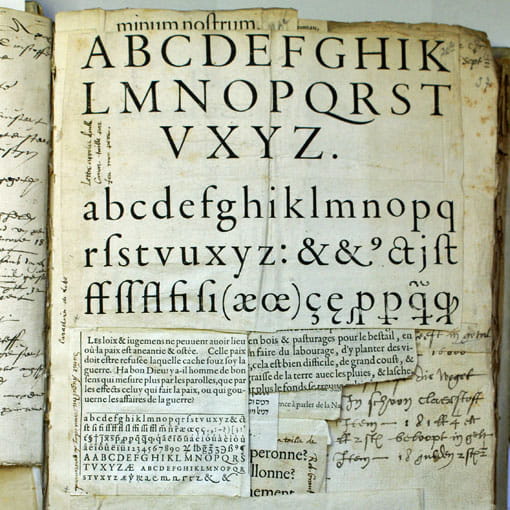| EN |
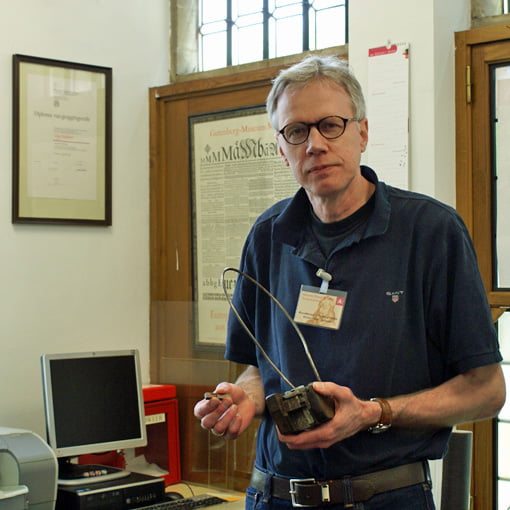
Origin of (Latin) Type Species
There is a weblog providing information related to (dtl founder) Frank E. Blokland’s PhD research at Leiden University, of which the title is On the Origin of Patterning in Movable Latin Type: Renaissance Standardisation, Systematisation, and Unitisation of Textura and Roman Type. The blog contains fragments of this research, mostly presented as ‘notes on’.
![]()
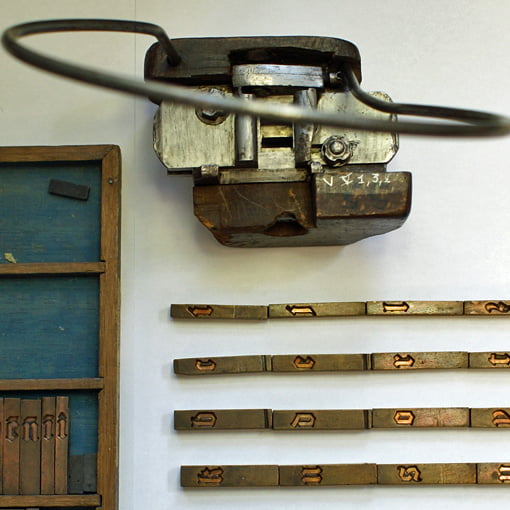
![]()
The question on which Blokland’s research is meant to find an answer, is whether –and if so, to what extent– the harmonics, patterns, and dynamics of formal grapheme systems in use to represent the Latin script since the invention of movable type, are the result of standardization and systematization of Renaissance printing type’s production processes (centuries before documented regularizations were applied on the Romain du Roi).
![]()
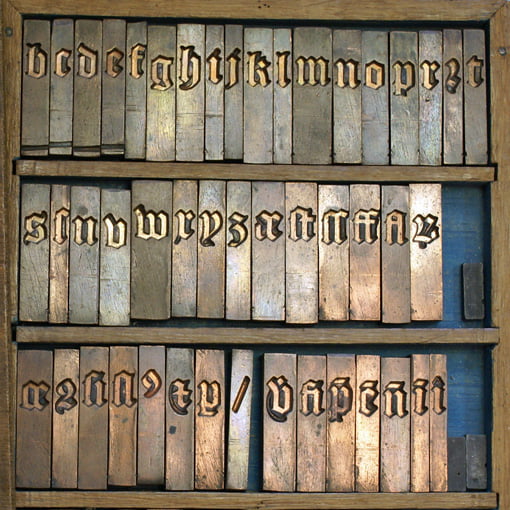
![]()
This research comprises some controversial aspects, because it questions for instance the mythical ‘eye’ of the type designer. The skills of type designers have been mystified since the early days of punchcutting. For instance Pierre Simon Fournier emphasized the role of the ‘eye’ in his Manuel Typographique from 1764–1766, when he criticized the attempts of Jaugeon and his colleagues to standardize the design of the Romain du Roi: ‘These gentlemen would have been well advised to a single rule which they established, which is chiefly to be guided by the eye, the supreme judge […].’
But Blokland’s measurements of French Renaissance type from the inventory of the Museum Plantin-Moretus in Antwerp seem to provide ample proof for the hypothesis that the structures and patterns of roman type find their origin for a large part in standardizations of the production process of movable type during the early days of typography.
![]()
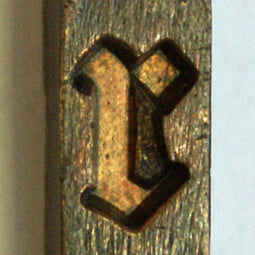
![]()
Blokland’s research also questions to which extent handwritten letters played a role in the development of roman type. Is it possible that the writing models currently in use to educate the basics of type design, which are often related to Edward Johnston’s Foundational hand and used to prove that roman type finds its origin in the patterns and structures of writing, actually show a standardization that was the result of the production process of the archetypal models from Nicolas Jenson and Francesco Griffo? If this turns out to be the case, then the writing models are used for circular logic.
![]()
